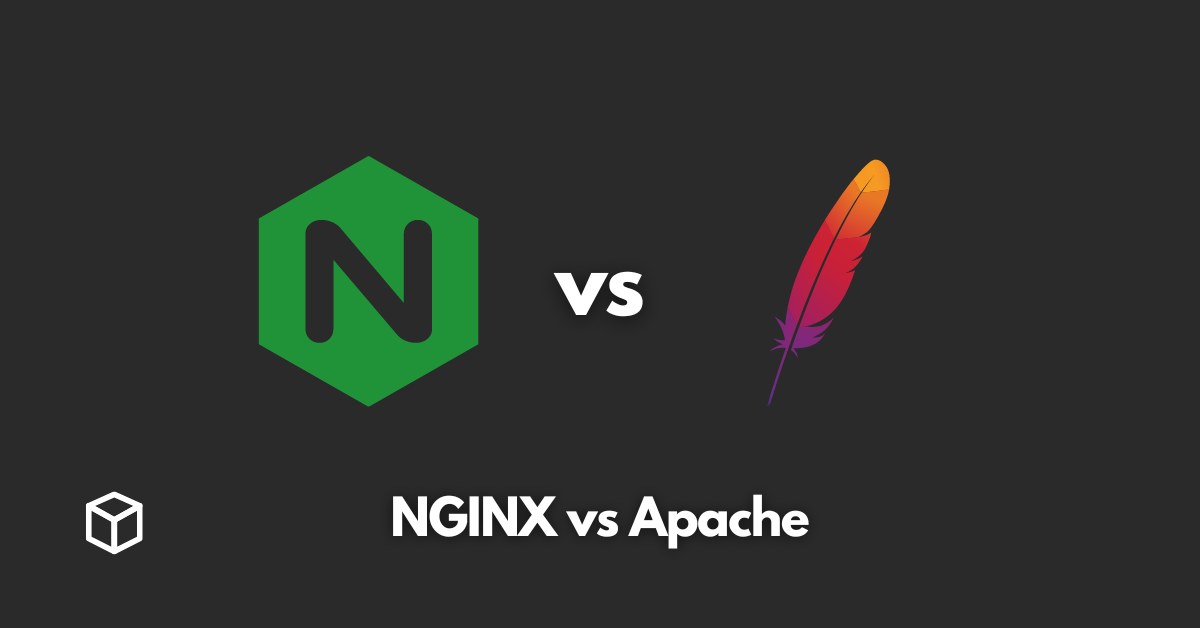When it comes to choosing a web server for your project, two of the most popular options are NGINX and Apache.
Both of these servers have their own set of strengths and weaknesses, and depending on your specific needs, one may be a better fit than the other.
In this article, we will take a detailed look at the key differences between NGINX and Apache, and help you make an informed decision on which server to use for your web project.
Background
NGINX and Apache are both open-source web servers that have been around for many years.
NGINX was first released in 2004, while Apache has been around since 1995.
Both servers are widely used and have a large community of developers and users.
According to recent statistics, NGINX is currently used by 30% of websites, while Apache is used by 45%.
Technical Comparison
Performance
When it comes to performance, NGINX is often considered to be faster and more efficient than Apache.
This is because NGINX uses an event-driven architecture, which allows it to handle a large number of connections simultaneously with less memory usage compared to Apache’s process-based architecture.
Additionally, NGINX has built-in support for load balancing and reverse proxy, which can improve the overall performance and scalability of a web application.
Security
Both NGINX and Apache have built-in protection against common web attacks such as SQL injection and cross-site scripting.
However, NGINX has a more modular design, which allows for easy integration of additional security modules, such as the popular ModSecurity module.
Additionally, NGINX is often used as a reverse proxy in front of application servers, which provides an additional layer of security and can help protect against attacks such as DDoS.
Modularity
Both NGINX and Apache are highly modular, which means that you can add or remove modules to customize the functionality of the server.
However, NGINX has a more lightweight and streamlined design, which makes it easier to add and remove modules as needed.
Additionally, NGINX has a smaller number of modules compared to Apache, which can make it easier to manage and configure.
Configuration
Both NGINX and Apache have a wide variety of configuration options, and both have extensive documentation and support available.
However, some users may find that NGINX’s configuration is more straightforward and easier to understand compared to Apache’s.
Additionally, NGINX’s configuration is stored in a single file, which can make it easier to manage and backup.
Use Cases
NGINX and Apache are both versatile servers that can be used for a wide range of applications. Some common use cases for each server include:
- NGINX: Serving static content, reverse proxy, load balancing, caching, and as an API gateway.
- Apache: Serving dynamic content using scripting languages, virtual hosting, and as a reverse proxy.
Some popular websites and platforms that use NGINX include Netflix, Dropbox, and WordPress.com.
Some popular websites and platforms that use Apache include Wikipedia, LinkedIn, and PHPMyAdmin.
Conclusion
In conclusion, both NGINX and Apache are powerful and reliable web servers that can handle a wide range of applications.
However, depending on your specific needs, one server may be a better fit than the other.
NGINX is often considered to be faster and more efficient, and is well-suited for high-traffic and high-concurrency applications.
Apache, on the other hand, is often used for dynamic content and scripting languages, and has a larger




